Classic French Chateaubriand Recipe For Two
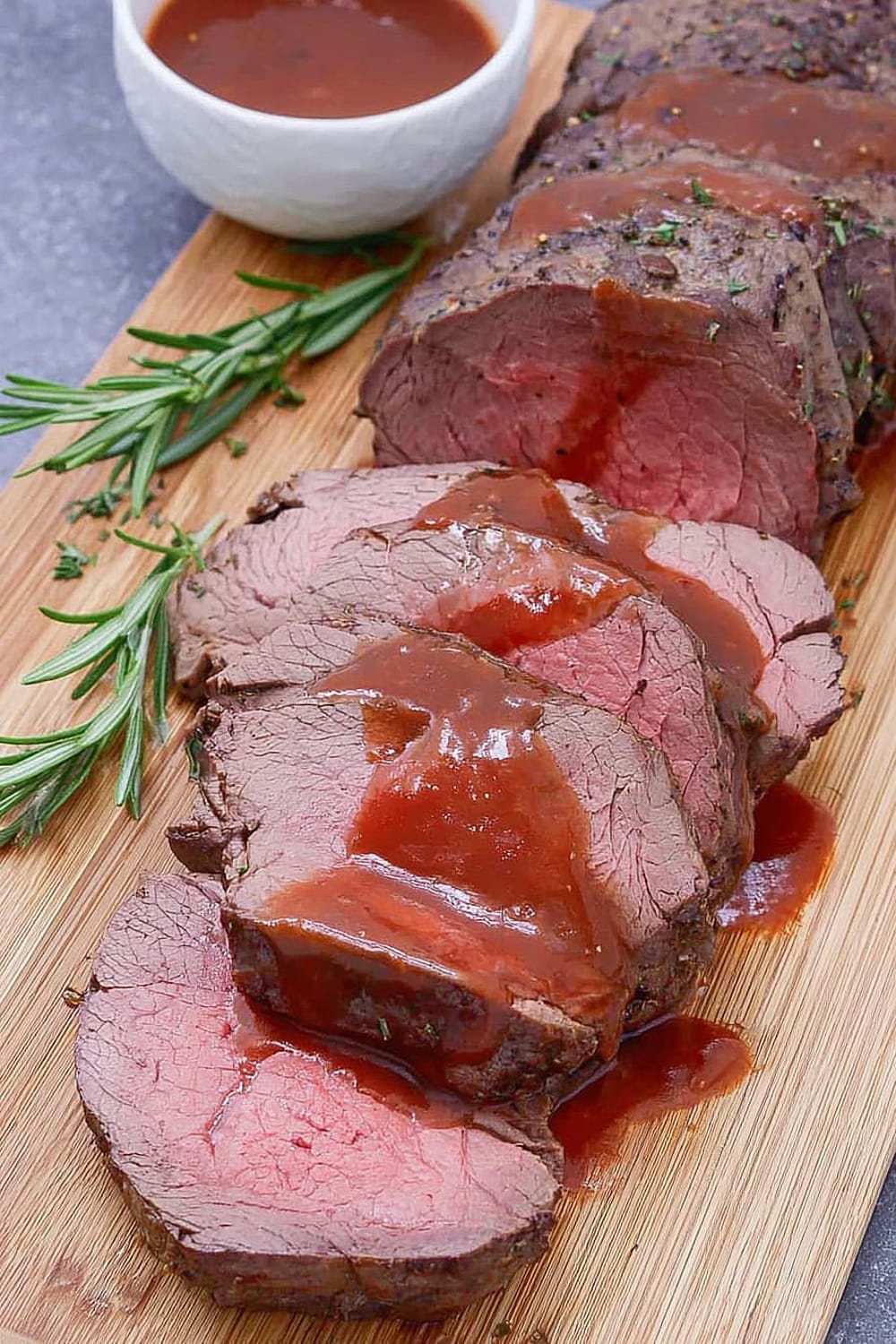
This is the recipe that will make you feel like you just stepped out of a five-star French restaurant kitchen, even if you’re wearing fuzzy slippers and haven’t brushed your hair yet today.
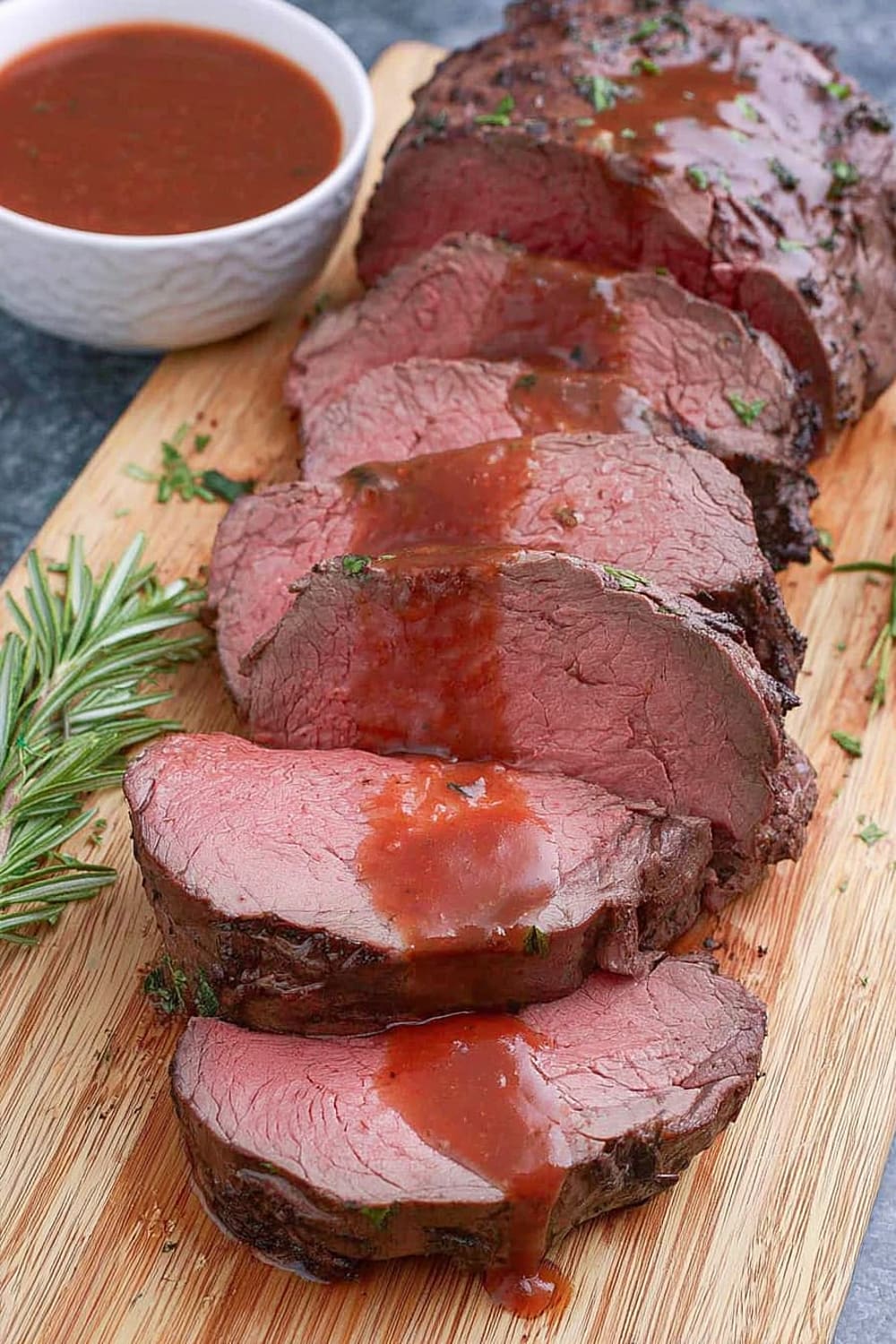
Picture this: tender, buttery beef that practically melts in your mouth, paired with a rich wine sauce that would make Julia Child weep tears of joy.
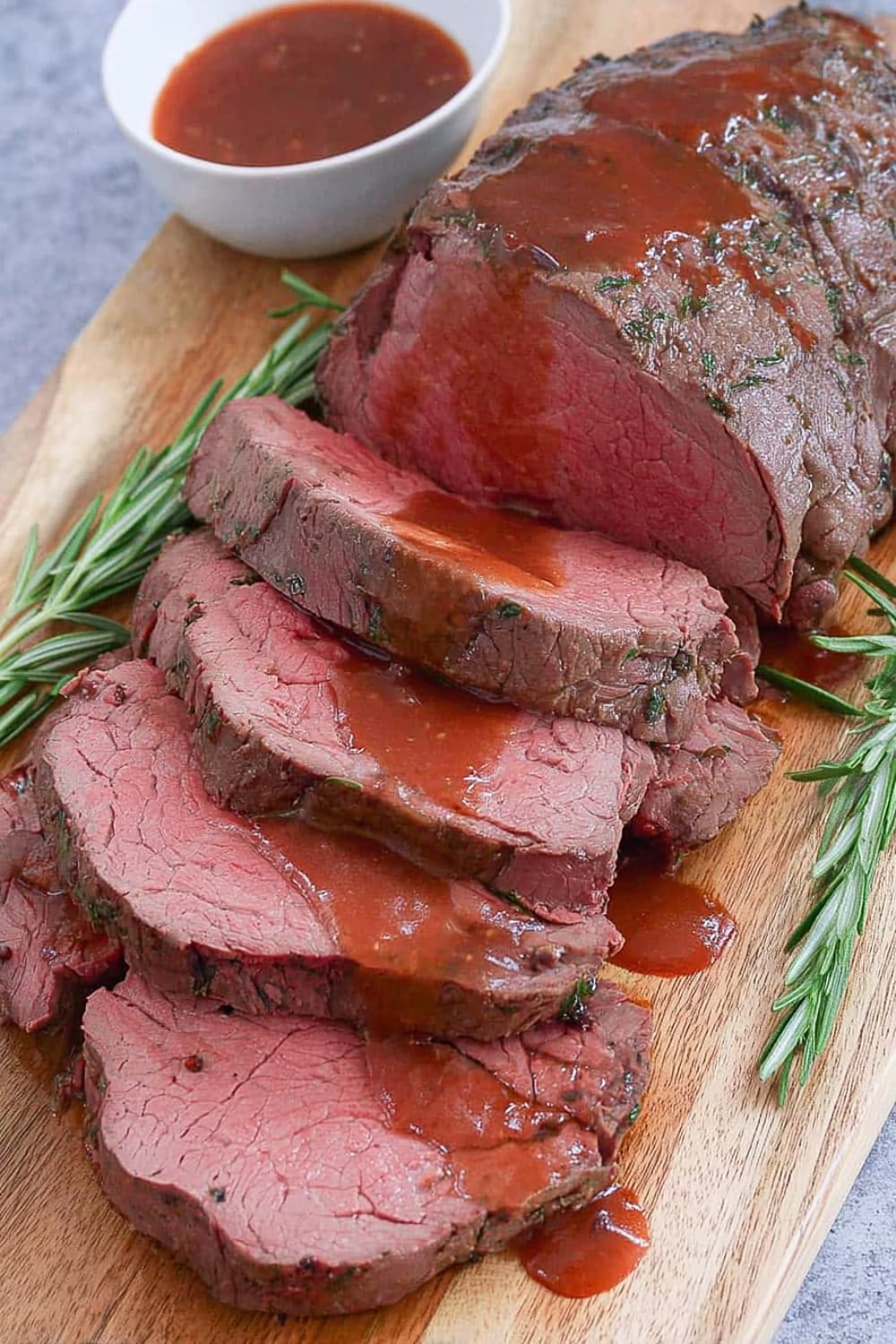
The best part about chateaubriand is that it sounds incredibly fancy and intimidating, but it’s actually just a thick cut of beef tenderloin that you season, roast, and slice – no culinary degree required.
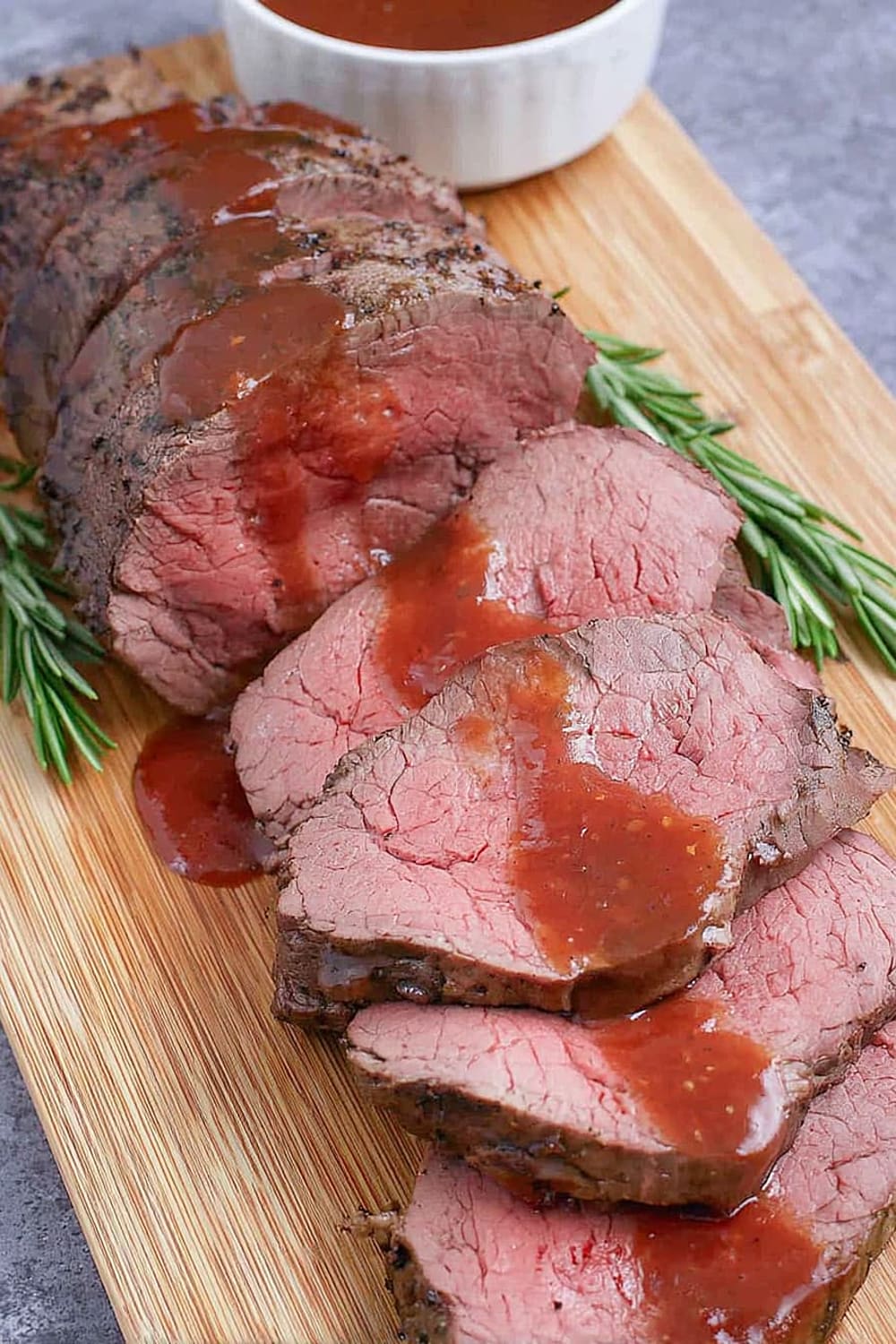
This classic French technique transforms a simple piece of beef into something so elegant that your dinner companion will think you’ve been secretly attending cooking school.
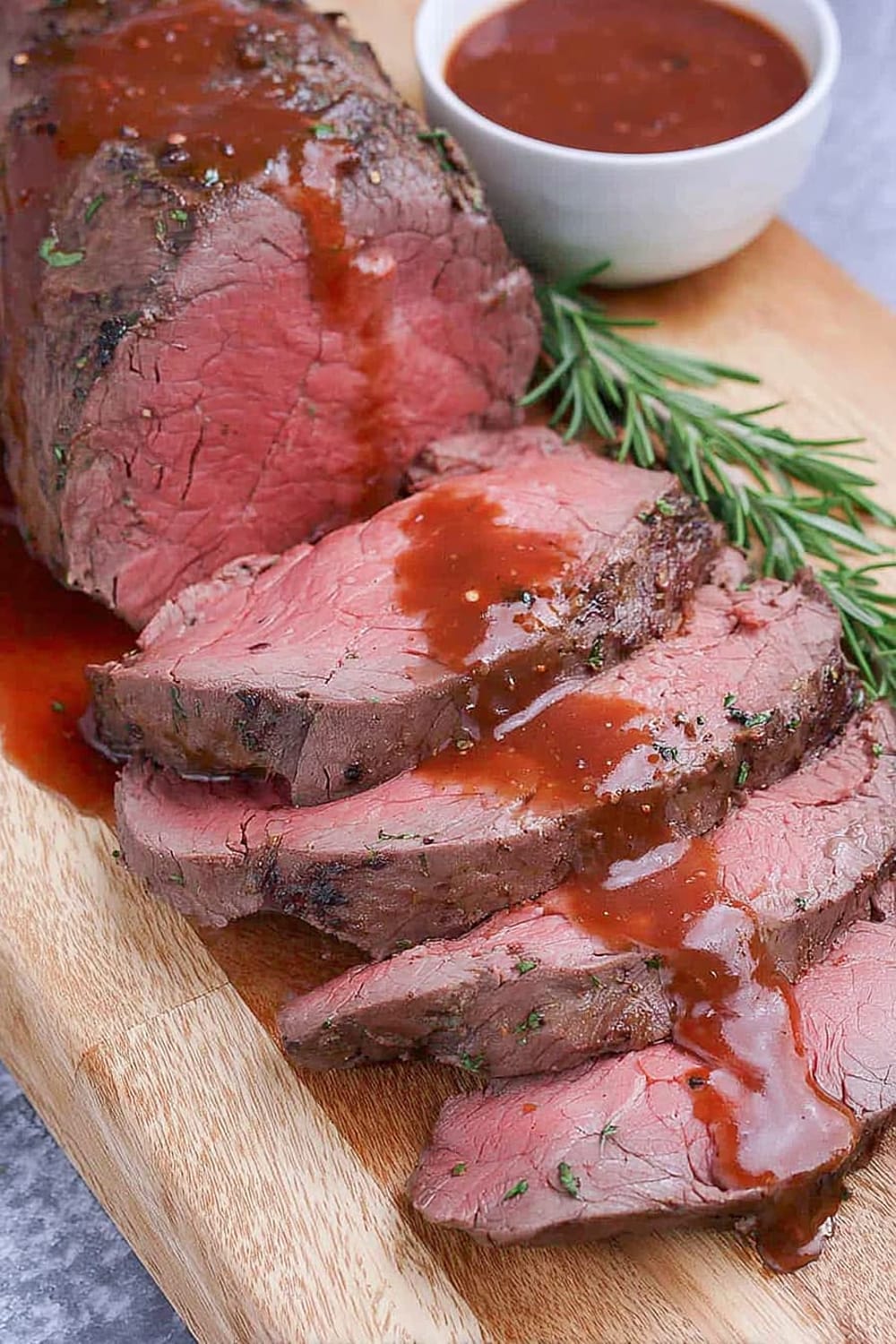
The aroma alone will have you questioning why you ever bothered with takeout, as your kitchen fills with the intoxicating scent of perfectly roasted beef and aromatic herbs.
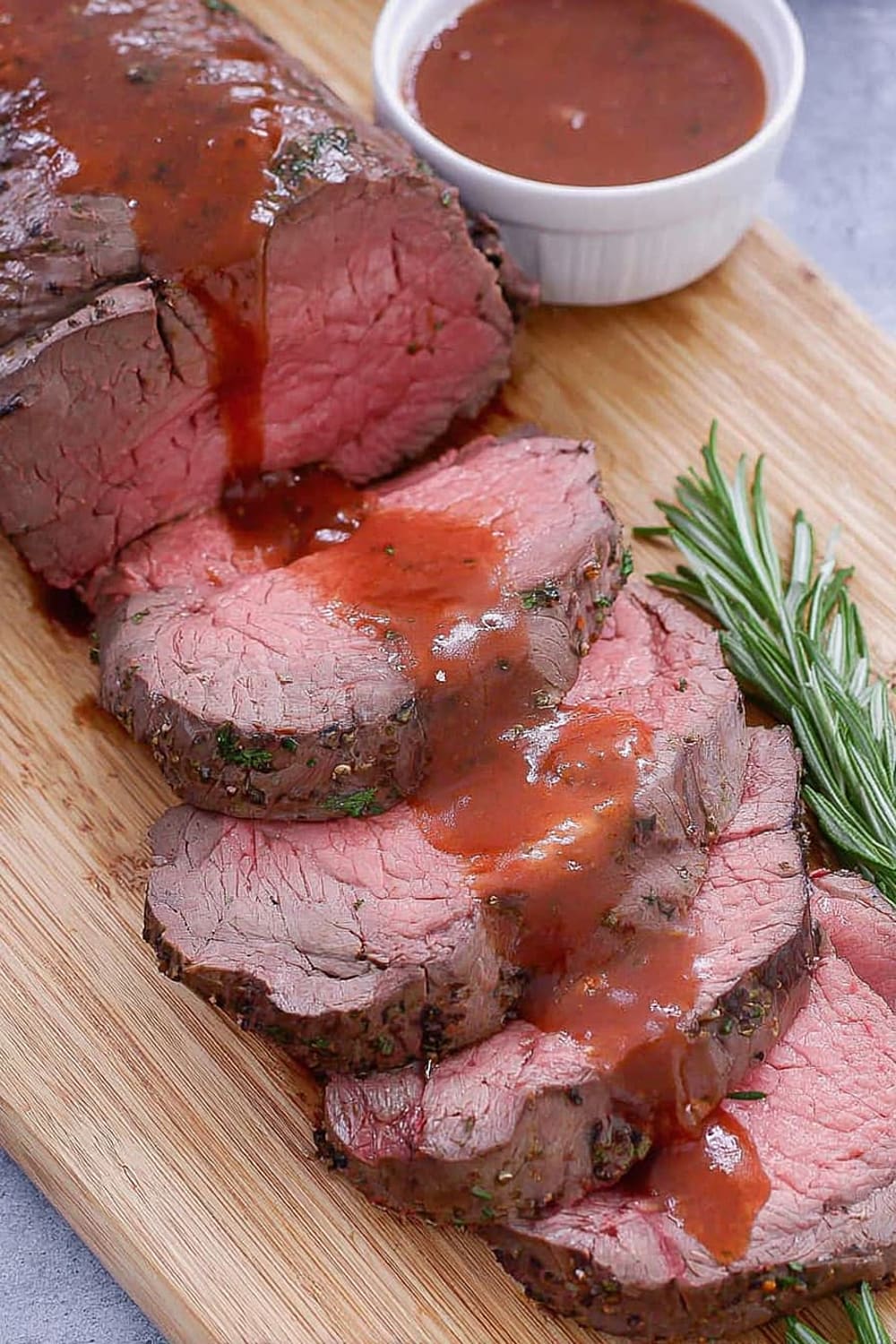
Get ready to master one of the most romantic and impressive dishes in French cuisine, because nothing says “I know what I’m doing” quite like perfectly cooked chateaubriand with homemade sauce.
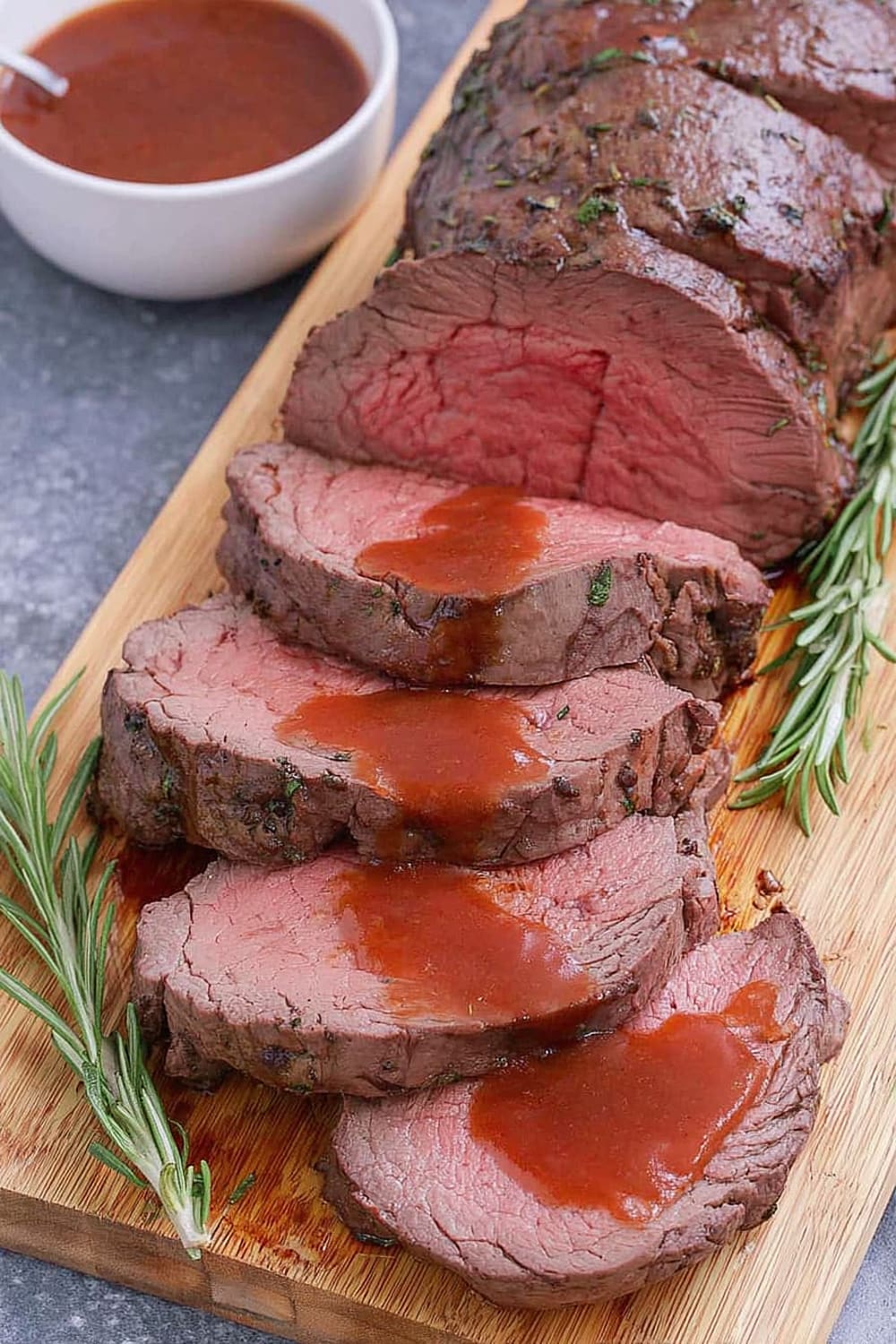
Ingredients
For the Chateaubriand
- 12-24 oz beef tenderloin, single piece cut from the center
- 1 tablespoon olive oil, extra virgin preferred
- 1 teaspoon coarse salt, or to taste
- ½ teaspoon black pepper, freshly ground
For the Chateaubriand Sauce (Optional)
- 1 shallot, chopped fine
- 3 tablespoons unsalted butter, divided
- ½ cup red wine, full-bodied recommended
- ½ cup demi glace, or beef broth concentrate
- 1 tablespoon fresh herbs, chopped (thyme or tarragon recommended, or 2 teaspoons dried)
Instructions
Preparation
- 1 Remove the chateaubriand from the refrigerator one hour ahead of time. This step takes the chill off for more even cooking with juicier meat. The center will cook more evenly when starting at room temperature rather than ice-cold.
- 2 Preheat the oven to 400°F (200°C), placing the oven rack in the upper middle position. Fit a small roasting pan with a wire rack and set aside. The wire rack ensures even air circulation around the meat.
- 3 Pat dry the meat thoroughly with paper towels to remove excess moisture, which is crucial for proper browning. Then rub on all sides with oil followed by the salt and pepper, creating an even coating that will develop into a beautiful crust.
Optional Searing
- 4 If your oven is not powerful, you may wish to pan-sear the chateaubriand first for better browning. Place a cast iron skillet over medium-high heat for 3-5 minutes until hot. Then add the beef and sear for one minute per side until nicely browned all over. Use kitchen tongs to move it easily without piercing the meat.
Roasting
- 5 Place the beef in the preheated oven to roast for 15-30 minutes depending on size and your desired doneness. Start checking doneness after 15 minutes by inserting an instant-read thermometer into the center: 115°F (46°C) is rare, 125°F (52°C) is medium-rare and 135°F (57°C) is medium. The temperature will continue rising during rest time.
- 6 Once the meat has reached your desired doneness, remove from the oven to a cutting board. Cover tightly with aluminum foil to keep warm and let it rest for 5-10 minutes so the juices can redistribute back into the meat. During this time you can make the optional sauce below.
Chateaubriand Sauce
- 7 Place a skillet on medium heat. Add the minced shallot and 1 tablespoon butter, sautéing for several minutes until translucent and fragrant.
- 8 Add the red wine and boil for several minutes until reduced by half and thickened slightly, concentrating the flavors.
- 9 Add the demi glace and continue boiling until the sauce is thick enough to coat the back of a spoon, about 3-5 minutes.
- 10 Swirl in the remaining 2 tablespoons butter and add the fresh herbs for brightness and richness.
- 11 Remove from the heat immediately. Slice the chateaubriand against the grain into ½-inch thick medallions and drizzle or spoon the sauce on top. Serve immediately while hot.
Recommended Equipment and Kitchen Tools
Essential Tools (for best results)
- Instant-read thermometer – This is your best friend for achieving perfect doneness every time, eliminating the guesswork that can ruin expensive beef
- Cast iron skillet – Provides superior heat retention and even browning if you choose to sear the meat first
- Wire rack and roasting pan – Elevates the meat for even air circulation and prevents soggy bottoms
- Sharp carving knife – Essential for clean, even slices that showcase the perfect pink interior
Helpful Upgrades
- Digital kitchen scale – Professional chefs measure by weight for consistency, especially helpful when purchasing the right amount of tenderloin
- Kitchen tongs – Allows you to turn and move the meat without piercing it and losing precious juices
- Quality cutting board – A large wooden or bamboo board provides stable workspace for slicing and serving
Nice-to-Have Options
- Meat mallet – Can help tenderize and even out thickness if your butcher didn’t trim perfectly
- Silicone spatula – Perfect for incorporating butter into the sauce without scratching your pan
- Storage containers – Glass containers preserve leftover chateaubriand beautifully for next-day enjoyment
Recipe Variations and Dietary Modifications
Sauce Variations
- Béarnaise sauce – Replace the red wine reduction with the classic French hollandaise-style sauce made with egg yolks, butter, and tarragon
- Mushroom cream sauce – Sauté sliced mushrooms with the shallots, add cream instead of red wine for a rich, earthy accompaniment
- Herb butter – Mix softened butter with minced garlic, parsley, and thyme for a simple yet elegant topping
Seasoning Alternatives
- Herb crust – Combine chopped fresh rosemary, thyme, and garlic with olive oil for a Mediterranean twist
- Peppercorn crust – Press coarsely ground mixed peppercorns into the surface before roasting for bold flavor
- Coffee rub – Mix ground coffee with brown sugar and spices for a unique, slightly sweet crust
Cooking Method Variations
- Grilled chateaubriand – Cook over medium-high heat on a gas or charcoal grill, turning every 3-4 minutes
- Reverse sear method – Start in a low 275°F (135°C) oven until nearly done, then finish with high-heat searing
- Wellington style – Wrap in puff pastry with mushroom duxelles for an impressive presentation
Size Adaptations
- Individual portions – Cut into 6-8 oz individual steaks and reduce cooking time to 8-12 minutes
- Larger roast – Scale up to 3-4 lbs for entertaining, increasing cooking time to 45-60 minutes
Nutritional Information and Health Benefits
Key Nutritional Highlights
This elegant dish provides approximately 400-500 calories per 6-ounce serving, making it a protein-rich centerpiece that fits well into balanced eating plans. The beef tenderloin delivers 45-50 grams of high-quality complete protein, containing all essential amino acids your body needs for muscle maintenance and repair. With minimal carbohydrates (less than 2 grams per serving), this recipe naturally fits ketogenic and low-carb dietary approaches.
Health Benefits of Main Ingredients
Grass-fed beef tenderloin provides exceptional amounts of vitamin B12, essential for nervous system function and red blood cell formation, along with significant iron for oxygen transport throughout the body. The meat contains zinc for immune system support and selenium, a powerful antioxidant that protects cells from oxidative damage. Fresh herbs like thyme and tarragon contribute vitamin K for bone health and small amounts of vitamin C for immune support. The red wine in the sauce provides resveratrol, an antioxidant compound associated with heart health benefits when consumed in moderation.
Dietary Considerations
This recipe is naturally gluten-free and dairy-free (when omitting the butter in the sauce), making it suitable for those with common food sensitivities. The high protein content and minimal processing make it appropriate for paleo and whole food dietary approaches. Each serving provides approximately 25-30% of daily protein needs for most adults, supporting satiety and metabolic health.
Smart Swaps and Ingredient Substitutions
Meat Substitutions:
- Beef tenderloin → Filet mignon steaks (individual portions, reduce cooking time to 8-12 minutes)
- Beef tenderloin → Top sirloin roast (budget-friendly option, may need 5-10 minutes longer cooking time)
- Beef tenderloin → Pork tenderloin (leaner option, cook to 145°F (63°C) internal temperature)
Sauce Modifications:
- Red wine → Beef broth with 1 tablespoon balsamic vinegar (alcohol-free version with similar depth)
- Demi glace → Concentrated beef stock reduced by half (homemade alternative)
- Fresh herbs → Dried herbs (use 1 teaspoon dried instead of 1 tablespoon fresh)
Oil and Fat Alternatives:
- Olive oil → Avocado oil (higher smoke point for better searing)
- Butter → Ghee (dairy-free option with rich flavor)
- Unsalted butter → Vegan butter substitute (plant-based alternative for sauce)
Budget-Friendly Swaps:
- Beef tenderloin → Eye of round roast (slice thinly against grain after cooking)
- Full-bodied red wine → Cooking wine (more economical for sauce reduction)
- Fresh shallots → Yellow onion (use 2 tablespoons minced for similar flavor base)
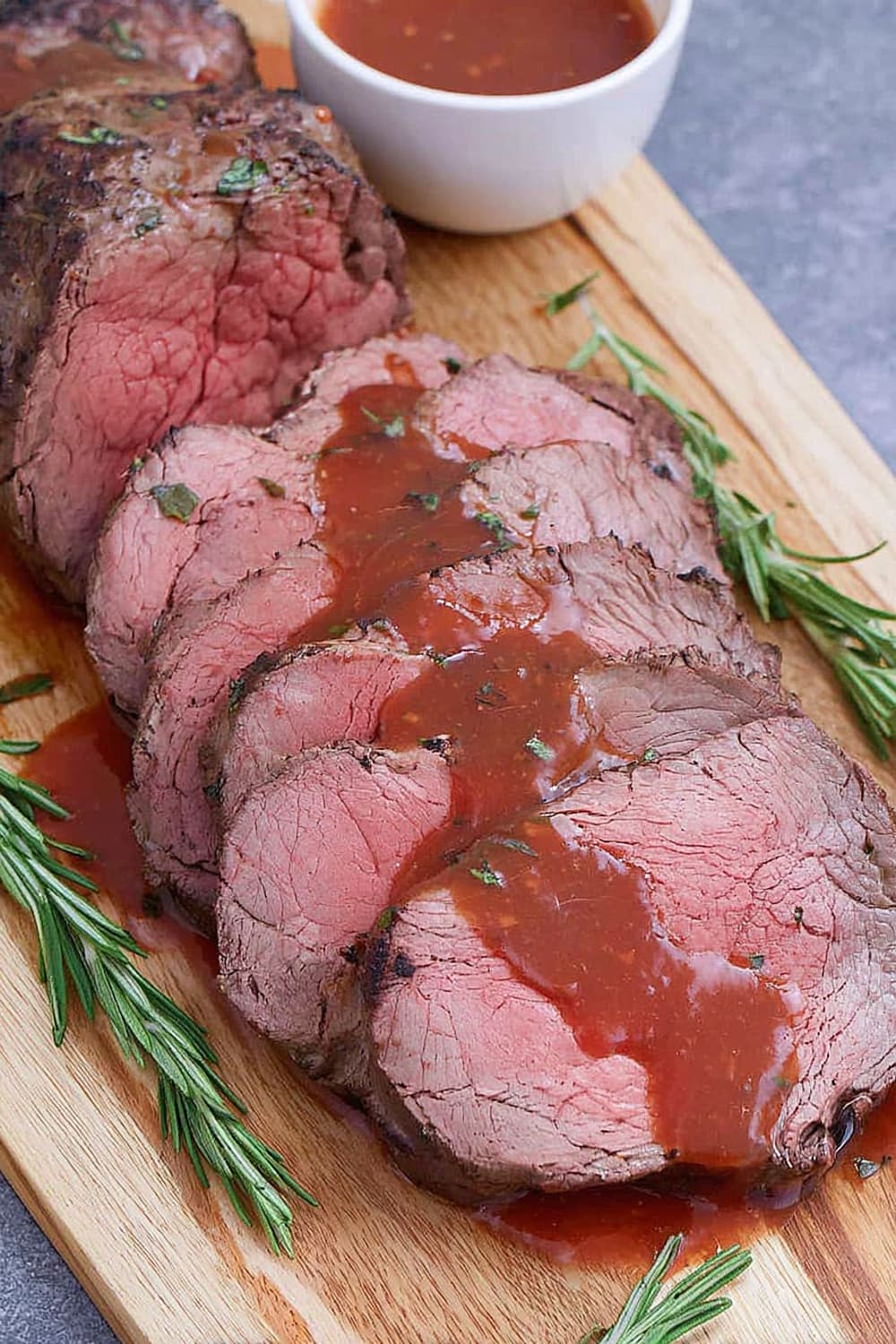
Make It Diabetes-Friendly
Carb Content Analysis:
- Original recipe: Less than 3 grams total carbohydrates per serving, making this naturally diabetes-friendly
- Main carb sources: Minimal amounts from shallots and herbs in the sauce
- Net carbs: Approximately 2 grams per serving including the optional sauce
Portion Control Strategies:
- Recommended serving size: 4-6 ounces of cooked beef provides substantial protein while managing portions
- Blood sugar impact: Virtually none from the meat itself, minimal from sauce vegetables
- Protein benefit: High protein content (45-50g) helps stabilize blood sugar levels and promotes satiety
Sauce Modifications:
- Reduce wine: Use ¼ cup instead of ½ cup to lower residual sugar content
- Skip demi glace: Replace with homemade bone broth reduced by half for lower sodium
- Add fiber: Include sautéed mushrooms or bell peppers to increase fiber content without significant carbs
Pairing Recommendations:
- Non-starchy vegetables: Serve with roasted asparagus, Brussels sprouts, or cauliflower
- Healthy fats: Add avocado slices or olive oil drizzle for sustained energy
- Total meal carbs: Keep complete meal under 15 grams net carbs for optimal blood sugar management
Blood Sugar Timing Tips:
- Pre-meal: Check blood sugar before eating to establish baseline
- Post-meal timing: Test 2 hours after eating to monitor minimal impact from this low-carb dish
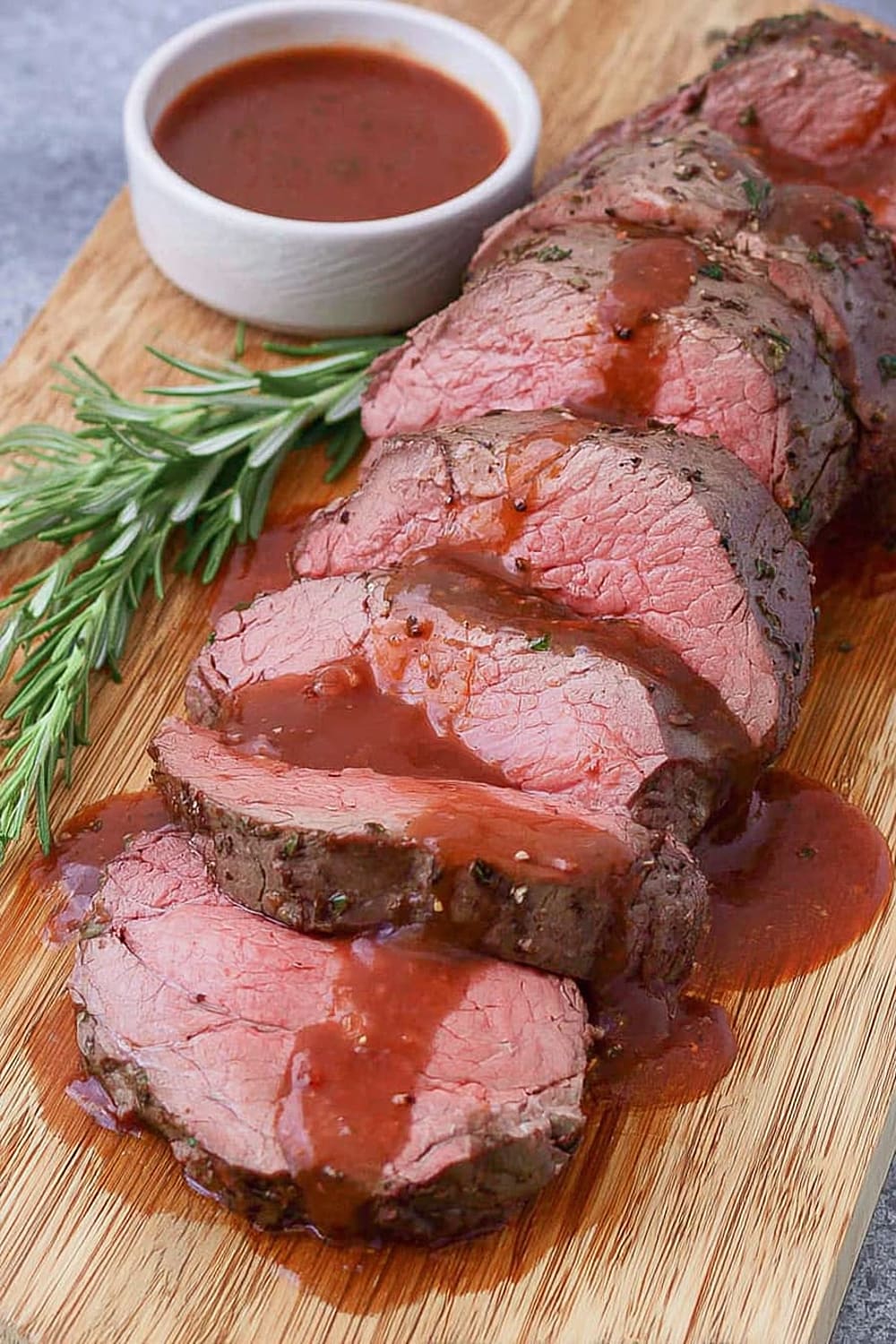
Perfect Pairing Suggestions
Wine Pairings
The rich, buttery texture of chateaubriand pairs beautifully with full-bodied red wines like Cabernet Sauvignon, Malbec, or Bordeaux blends that complement the beef’s intensity without overpowering its delicate flavor. For white wine lovers, a rich Chardonnay with oak aging provides enough body to stand up to the meat’s richness. Pinot Noir offers a lighter red option that highlights the beef’s natural flavors while the wine sauce creates a harmonious bridge between dish and glass.
Side Dish Recommendations
Classic French accompaniments include roasted fingerling potatoes with fresh rosemary, sautéed green beans with almonds, or grilled asparagus drizzled with lemon olive oil. Creamy mashed cauliflower provides a low-carb alternative that soaks up the delicious pan sauce beautifully. Wild rice pilaf with dried cranberries and pecans adds texture contrast and earthy flavors that complement the herb sauce perfectly.
Complete Meal Ideas
Start with a light mixed greens salad with champagne vinaigrette to cleanse the palate before the rich main course. Roasted root vegetables like carrots, parsnips, and Brussels sprouts create a colorful, seasonal presentation. Finish with dark chocolate mousse or crème brûlée for an authentically French dining experience that feels restaurant-worthy.
Occasion Suggestions
This elegant dish shines brightest during romantic dinners, anniversary celebrations, or special date nights when you want to create an intimate, luxurious atmosphere. Perfect for holiday entertaining when serving small groups, or dinner parties where you want to impress without spending hours in the kitchen during the event.
Pro Tips and Troubleshooting
Temperature Mastery
The key to perfect chateaubriand lies in understanding that the internal temperature will continue rising 5-10 degrees during the resting period, so remove it from the oven when it’s 5 degrees below your target temperature. Invest in a quality instant-read thermometer and insert it into the thickest part of the meat, avoiding contact with the roasting pan which can give false readings.
Common Mistakes to Avoid
Never skip the resting period – cutting into the meat immediately will cause all those precious juices to run out onto your cutting board instead of staying in the meat where they belong. Avoid over-seasoning; the natural flavor of quality beef tenderloin should shine through with just salt, pepper, and herbs. Don’t cook straight from the refrigerator; cold meat cooks unevenly and can result in a gray band around the edges.
Storage and Reheating
Leftover chateaubriand keeps in the refrigerator for 3-4 days when wrapped tightly in plastic wrap or stored in airtight glass containers. For reheating, slice the meat and warm gently in a 300°F (150°C) oven for 5-8 minutes to avoid overcooking. The sauce can be stored separately and gently rewarmed on the stovetop with a splash of beef broth if needed.
Make-Ahead Strategies
The sauce can be prepared up to 24 hours in advance and refrigerated, then gently rewarmed while the meat rests. Season the beef up to 4 hours ahead and let it come to room temperature during the final hour before cooking. This timing allows you to focus on side dishes and presentation during the final cooking phase.
Scaling Tips
When doubling the recipe for four people, use two separate pieces of tenderloin rather than one large roast for more even cooking and easier temperature monitoring.
This classic French chateaubriand recipe proves that restaurant-quality elegance is absolutely achievable in your own kitchen, transforming a simple piece of beef into a memorable dining experience that will have everyone asking for your secret. The combination of perfectly cooked, tender meat with that rich, aromatic sauce creates the kind of meal that turns ordinary evenings into special occasions worth celebrating.